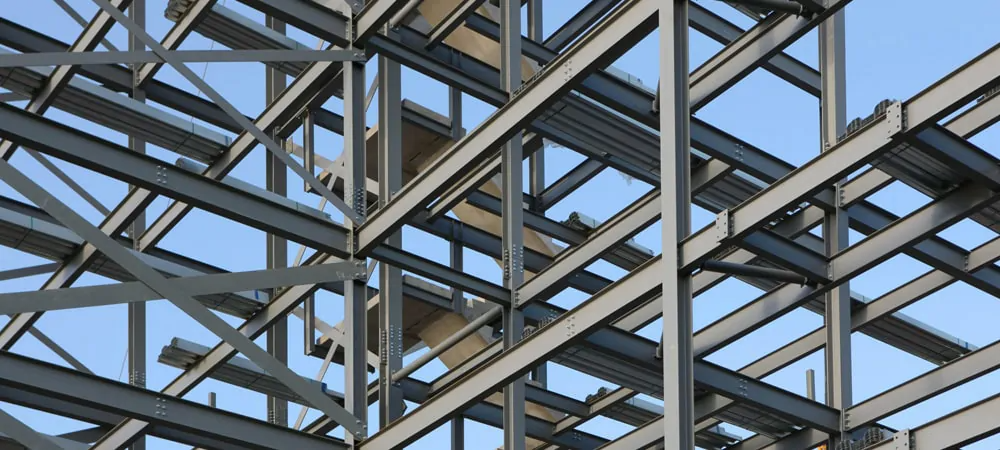Contemporary Amperex Technology Co., Ltd. (CATL), China’s largest battery manufacturer, has unveiled the first generation of sodium-ion batteries. There’s no denying that lithium-ion batteries are currently the gold standard in battery technology. They are long-lasting, easy to get by, and may be used in a variety of ways. But then there’s sodium-ion, which is a brand-new player on the scene.
When sodium batteries become more widely available, they will most probably be less expensive, safer, and cleaner than lithium-ion batteries. Sodium-ion batteries are also faster to charge and operate better in harsh weather. A breakthrough appears to be on the horizon, due to strong prototypes and ground-breaking breakthroughs in basic research. Sodium-ion batteries will give a new solution for the use of clean energy and transportation electrification, allowing us to get closer to our objective of carbon neutrality sooner.
In the 1980s, research on sodium-ion batteries had already begun. Electrochemical performance of the electrode materials designed and produced in the early days is weak, and their development is gradual. A sodium-ion battery is a type of secondary battery (rechargeable battery) that works by moving sodium ions between the positive and negative electrodes, similar to how lithium-ion batteries work. Sodium ions, on the other hand, have a bigger volume and higher requirements for structural stability and kinetic properties of materials than lithium ions. For several years, CATL has been researching sodium-ion battery electrode materials. CATL used Prussian white material with a higher specific capacity for cathode materials, and redesigned the bulk structure of the material by rearranging the electrons to tackle the problem of rapid capacity fading during material cycling. In terms of anode materials, CATL has created a hard carbon material with a unique porous structure that allows for ample sodium ion storage and rapid movement, as well as excellent cycle performance.
The first-generation model is intended to have a good energy density, quick charging capability, and exceptional low-temperature performance.
- Up to 160 Wh/kg energy density(200 Wh/kg is the objective for the second generation).
- At room temperature, quick charging up to 80% SOC in 15 minutes is possible.
- superior thermal stability.
- The efficiency of system integration can exceed 80% (cells make up more than 80% of the pack weight and/or volume).
- The sodium-ion battery has a capacity retention rate of more than 90% at -20°C and has excellent low-temperature performance.
The AB battery system solution from CATL allows designers to mix and match sodium-ion and lithium-ion batteries and combine them into a single battery system, all while using a BMS algorithm to control the different systems. The solution can compensate for the sodium-ion battery’s current energy-density limitation while simultaneously enhancing its advantages of high power and low-temperature performance.
Dr. Qisen Huang, Deputy Dean of the CATL Research Institute, stated at the launch event that sodium-ion battery manufacturing equipment and processes are totally compatible with lithium-ion battery manufacturing equipment and processes, and that production lines can be quickly switched to obtain higher production capacity. CATL has begun commercial deployment of sodium-ion batteries and hopes to have a basic manufacturing chain in place by 2023.
According to Wood Mackenzie Senior Analyst Le Xu, “It’s exciting to see CATL develop an integrated battery management system to accept lithium-ion and sodium-ion battery cells under the same battery management system and enhance the total energy density of the battery cell.” Sodium-ion batteries have the potential to alleviate the economic issues faced by Chinese renewable energy developers, lowering the cost of energy storage to new lows.
“Sodium-ion technology has long been touted for commercial battery use due to sodium’s low cost and high abundance compared to lithium, and the fact that CATL is producing large-scale sodium-ion batteries demonstrates the technology’s attraction is coming to fruition sooner rather than later,” said Research Analyst Max Reid. “The sodium-ion cells’ lower energy implies that the technology may be better suited for less restrictive stationary energy storage applications, whereas the unveiling of battery packs incorporating both sodium-ion and lithium-ion cells could indicate a compromise in performance for low-cost electric vehicles.”
How’s The Sodium-Ion Batteries Different?
The first battery, developed by CATL, is expected to revolutionize the way electric vehicles are produced. The chemical constitution of sodium-ion differs from that of the cells we all are most familiar with. Lithium, cobalt, and nickel are not found in sodium-ion batteries. The company now provides batteries to Tesla and Volkswagen, and its sodium-ion battery has been in development for some years. The first generation of the sodium-ion battery can reach 80 percent capacity in less than fifteen minutes and sustain stability at sub-zero temperatures.
Is Sodium-ion Battery Better Than Lithium-ion Battery?
The most significant difficulty with lithium, that many in the battery industry are aware, is that it is costly to mine and is obtained through a number of procedures that are far from ecologically benign. Two million liters of water are needed per tonne of lithium.
Lithium-ion technology has the ability to store a significant amount of energy in relation to its weight. That’s why it’s so common in electric vehicles.
Lithium and sodium are both alkali metals with chemically comparable properties. Despite sodium lacking the energy density of lithium, it is commonly and inexpensively available.
Sodium-ion batteries perform better and function across a wider temperature range. When compared to lithium-ion batteries, they perform substantially better in cold temperatures. In comparison to lithium-ion batteries, sodium-ion batteries are nonflammable and do not experience thermal runaway.
Under the same weight, the volume of sodium ions is more than three times that of lithium ions, indicating that sodium ions have a greater diameter and a lower energy density than lithium batteries.
As a result, many are enthused about sodium-ion technology’s promise because it is cleaner and more efficient.
Possible Drawbacks Of Sodium-ion Batteries
There is no such thing as perfect technology. The density of CATL’s sodium-ion battery cannot match that of lithium, as evidenced by the company’s announcement. Present necessitates a bigger battery, which isn’t a positive thing for electric vehicles at this time. Combining the two is a realistic option because it provides manufacturers with the best of both worlds.
Final Thoughts- Future Of The Batteries
The sodium-ion battery provides a clear path to going electric and achieving their climate change objectives. Sodium-ion batteries, however, are no longer simply a theory. They appear to be on the verge of becoming a reality due to a breakthrough.
It will undoubtedly take some time for sodium-ion batteries to mature to the point where they can be mass-produced and installed in electric vehicles or mobile phones in huge quantities. However, due to the very similar technology involved, the transition from lithium to sodium-ion batteries should be rather easy.








